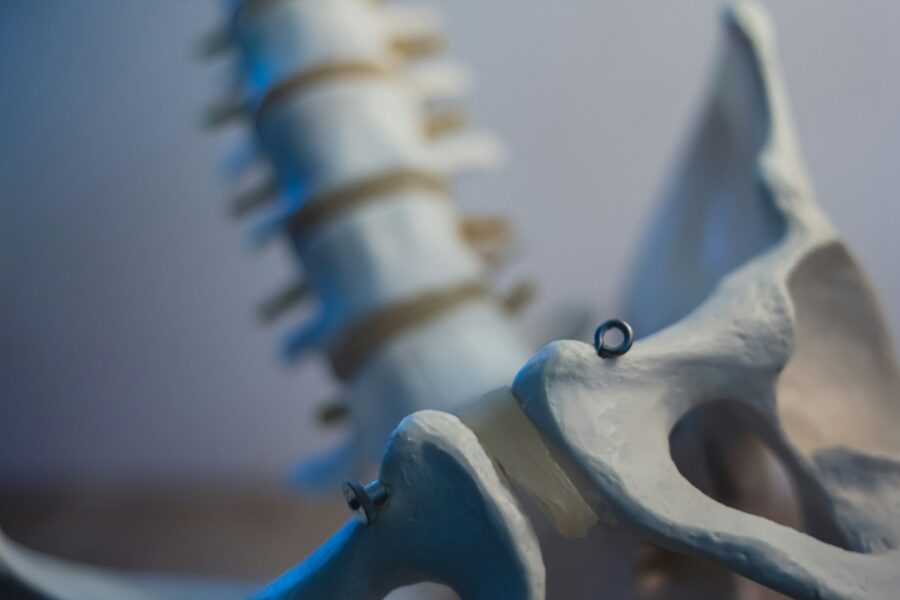Pelvic floor pain can significantly impact an individual’s quality of life, affecting daily activities, urinary and bowel function, and sexual health. One of the most effective treatments for this condition is physical therapy, specifically tailored to address pelvic floor dysfunction. Physical therapists who specialize in pelvic health play a crucial role in helping patients manage and alleviate pelvic floor pain.
What Is Pelvic Floor Physical Therapy?
Pelvic floor physical therapy involves a series of exercises, techniques, and interventions designed to improve the function of the pelvic floor muscles. These muscles support the bladder, bowel, and reproductive organs, and when they become weak, tight, or imbalanced, they can cause pain and discomfort.
Components of Pelvic Floor Physical Therapy
1. Evaluation and Assessment: The first step in pelvic floor physical therapy is a thorough evaluation. The physical therapist will take a detailed medical history and perform a physical examination to assess the strength, flexibility, and coordination of the pelvic floor muscles.
2. Manual Therapy: This includes hands-on techniques to release tension, improve circulation, and promote relaxation of the pelvic floor muscles. Techniques may include internal and external muscle manipulation, trigger point release, and myofascial release.
3. Biofeedback: Biofeedback uses sensors and visual aids to help patients become more aware of their pelvic floor muscles. This can help improve muscle control and coordination, essential for managing pain and dysfunction.
4. Pelvic Floor Exercises: Exercises like Kegels, which involve contracting and relaxing the pelvic floor muscles, are commonly prescribed. However, a physical therapist will provide a customized exercise regimen tailored to the patient’s specific needs.
5. Education and Lifestyle Modifications: Patients receive education on proper posture, body mechanics, and lifestyle changes that can reduce strain on the pelvic floor. This might include dietary recommendations, stress management techniques, and advice on bladder and bowel habits.
Benefits of Physical Therapy for Pelvic Floor Pain
1. Pain Relief: By addressing muscle imbalances and tension, physical therapy can significantly reduce pain and discomfort in the pelvic region.
2. Improved Muscle Function: Strengthening and relaxing the pelvic floor muscles can enhance their function, leading to better support for the pelvic organs and improved bladder and bowel control.
3. Enhanced Quality of Life: Patients often experience an improvement in their overall quality of life, including reduced pain, better urinary and bowel function, and improved sexual health.
4. Non-Surgical Treatment: Physical therapy provides a non-invasive treatment option, reducing the need for surgical intervention.
Seeking Help from a Physical Therapist
If you are experiencing pelvic floor pain, consult with your healthcare provider to discuss the potential benefits of physical therapy. A referral to a specialized pelvic floor physical therapist can be a vital step in your treatment journey. Early intervention and consistent therapy can lead to significant improvements in pain management and overall pelvic health.


